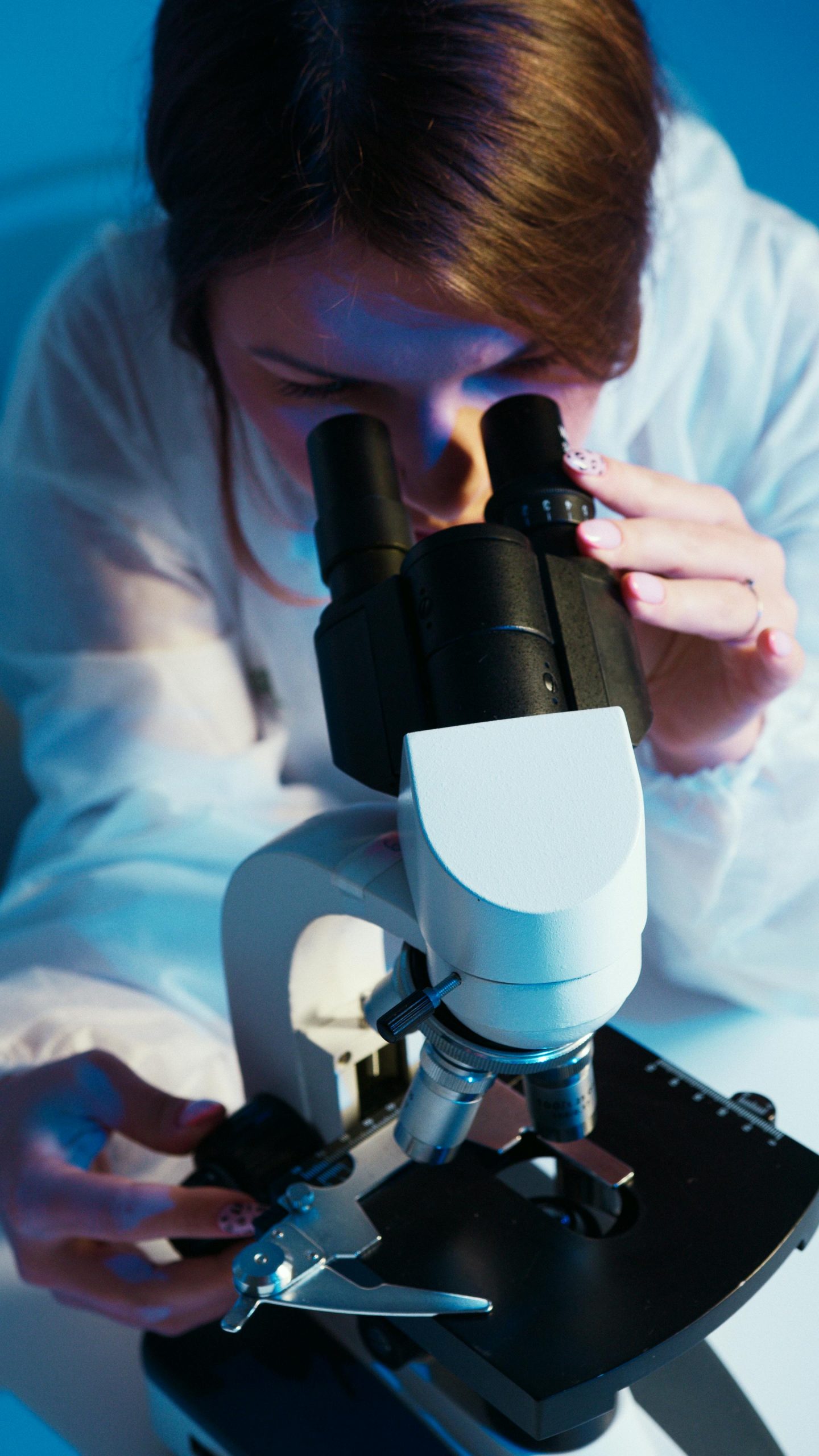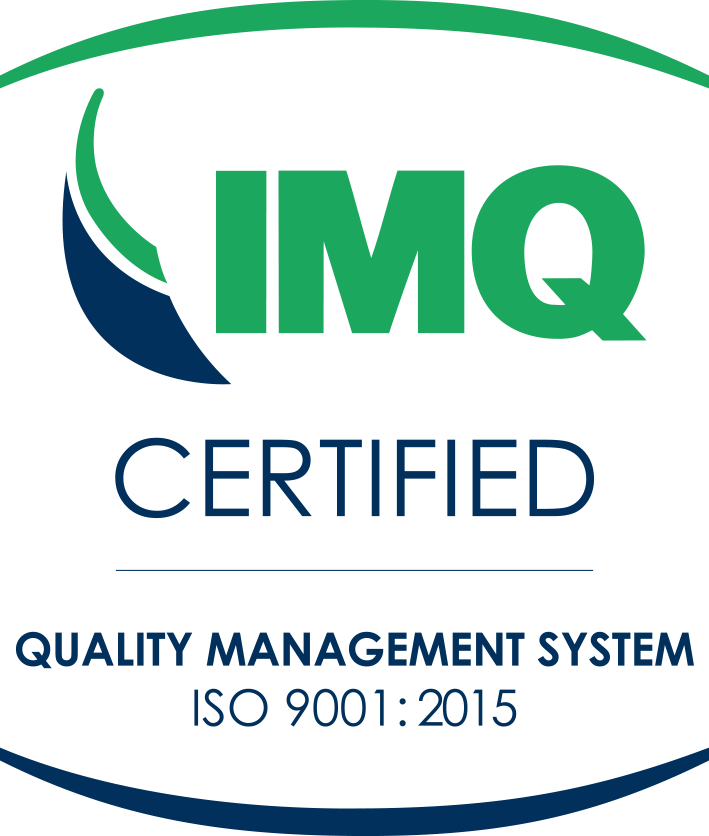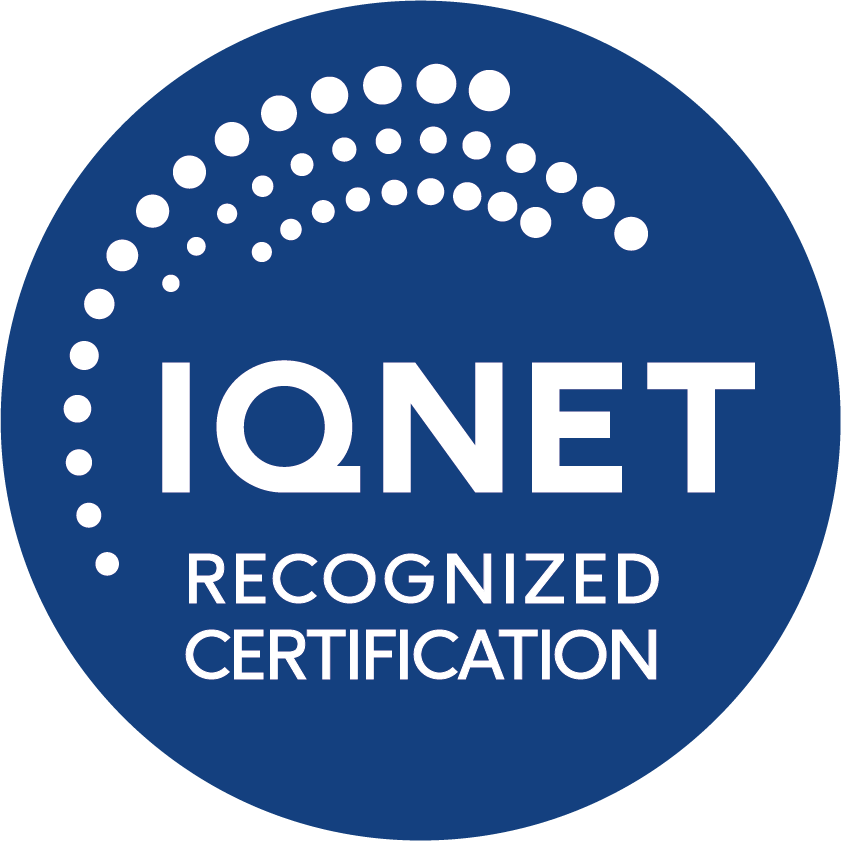
CE marking is the process through which a product’s compliance with applicable requirements is documented and verified. The term “regulatory compliance” encompasses the ability to meet all requirements applicable to any medical device, regardless of its origin, whether legislative, regulatory, technical, client-specific, or any other foreseeable requirement. It is the company’s responsibility to identify which requirements apply to its product, as well as to itself as an economic operator in the medical device sector. For manufacturers of medical devices, it is imperative to put medical devices with CE marking on the market. The rest of the economic operators (distributors, importers, or authorised representatives) are responsible for ensuring that the product they deal with has CE marking. The requirements applicable to a medical device depend largely on the properties and characteristics of the product itself. Factors such as its classification as a medical device, intended use, risk analysis, and clinical evaluation will primarily determine the requirements applicable to the specific product.
Understanding the scope of the regulatory framework for medical devices means recognising what it means for our country to be part of a union of nations. Within that union, certain measures are established to standardise the handling of issues of particular significance. As a result, rules are issued that affect and apply to all member states equally
First and foremost, it’s essential to refer to EU legislation, focusing on the latest European regulations governing medical devices. Specifically, we’re talking about the regulation that came into force on 25 May 2017, the Regulation (EU) 2017/745 on medical devices, with an application date set for 25 May 2021.
The repeal and replacement of the old legislation (Directive 93/42/EEC) established a new regulatory framework that introduced several novel conditions. Among these was the requirement to implement a UDI (Unique Device Identification) code, which must be registered in a centralised database in the European Union: EUDAMED.
This new regulation marked the beginning of a new era for manufacturers, leading them to dedicate time and resources to adapting their processes.
To understand the regulatory framework for medical devices in our country, it is crucial to focus on the Spanish Medicines Agency (Agencia Española de Medicamentos y Productos Sanitarios, AEMPS). This agency, under the central government’s jurisdiction, reviews, regulates, controls, or authorizes medicines, clinical trials, medical devices, etc., on an annual basis.
Moreover, the AEMPS specifies the legislation where specific parameters can be found. Following the AEMPS, among other legal texts, we highlight:


